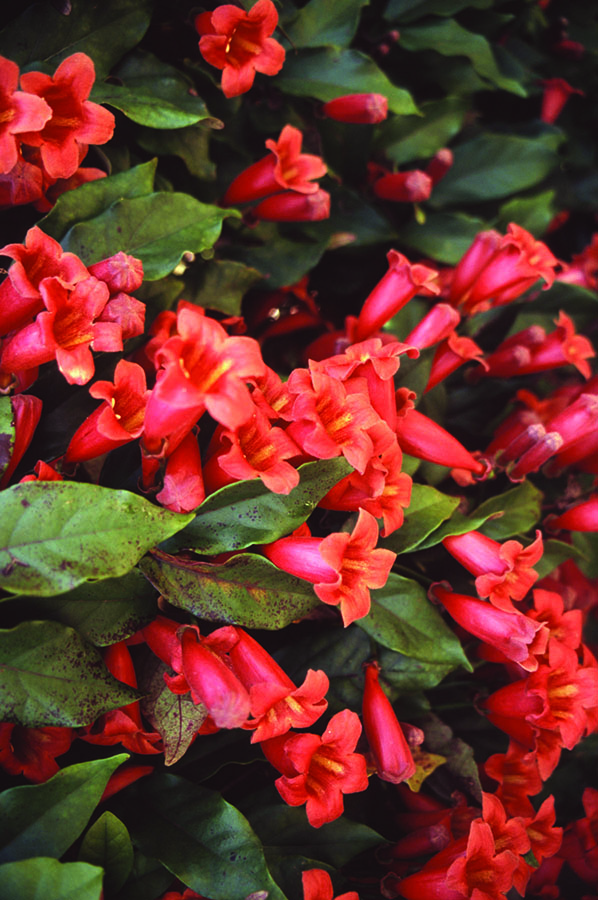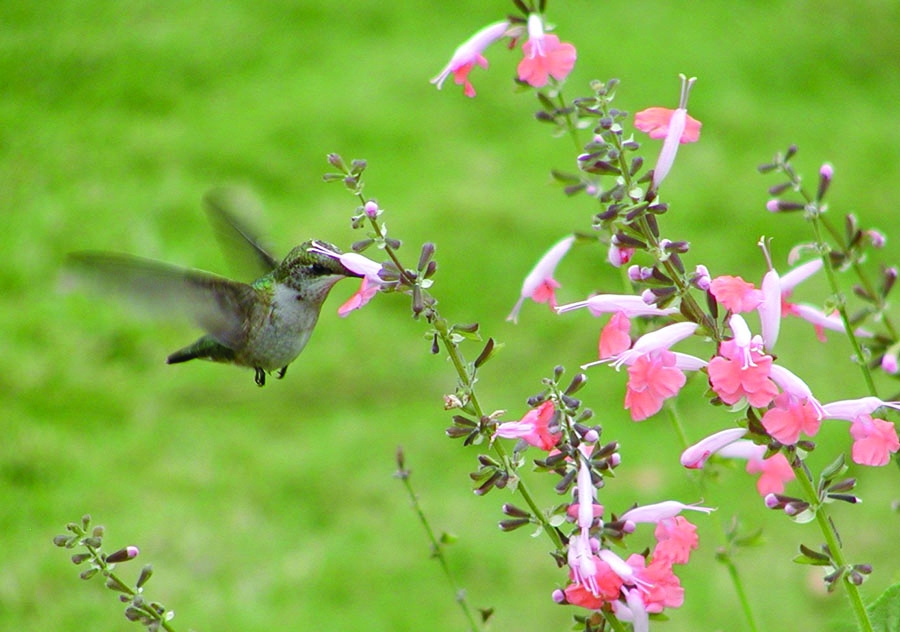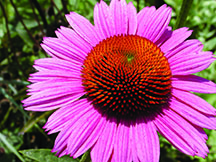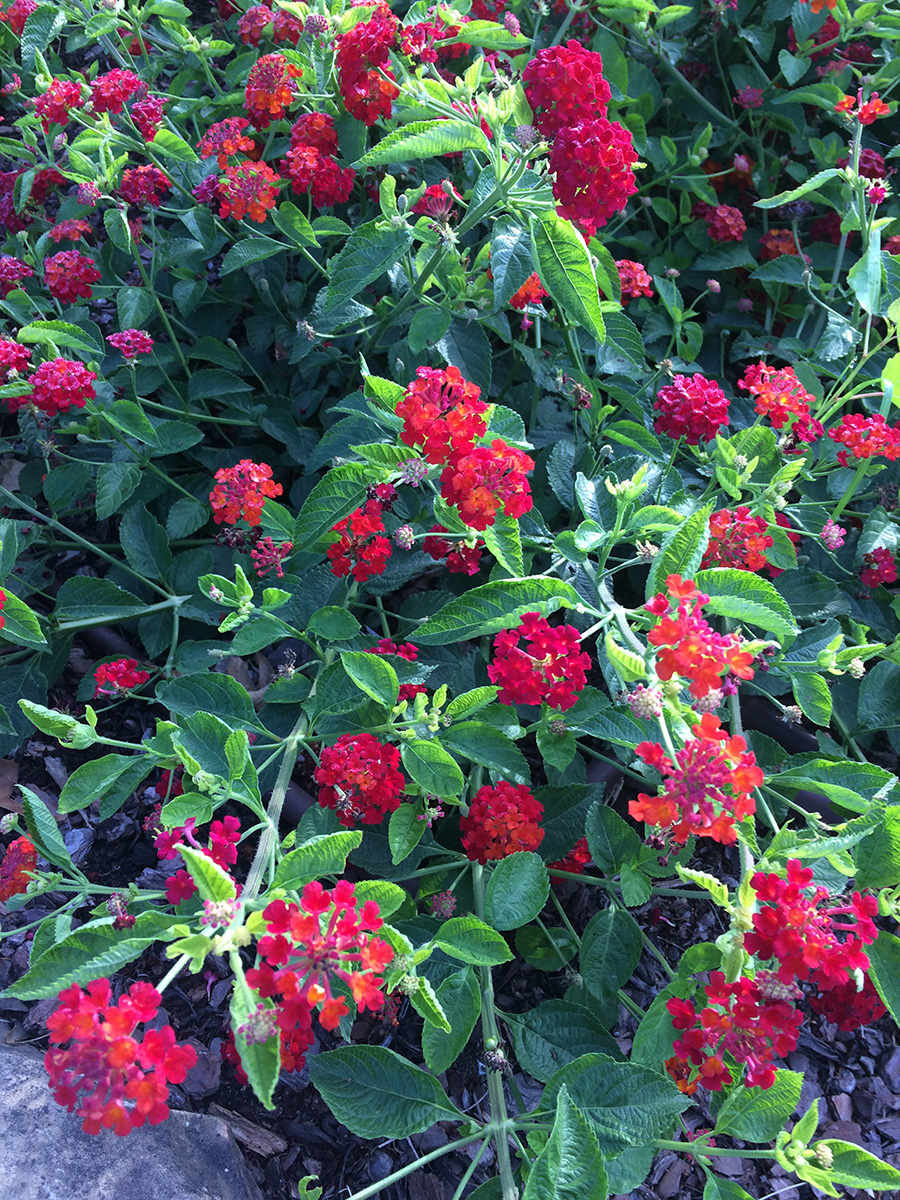Xeriscape Garden Plants
Xeriscape Plant List
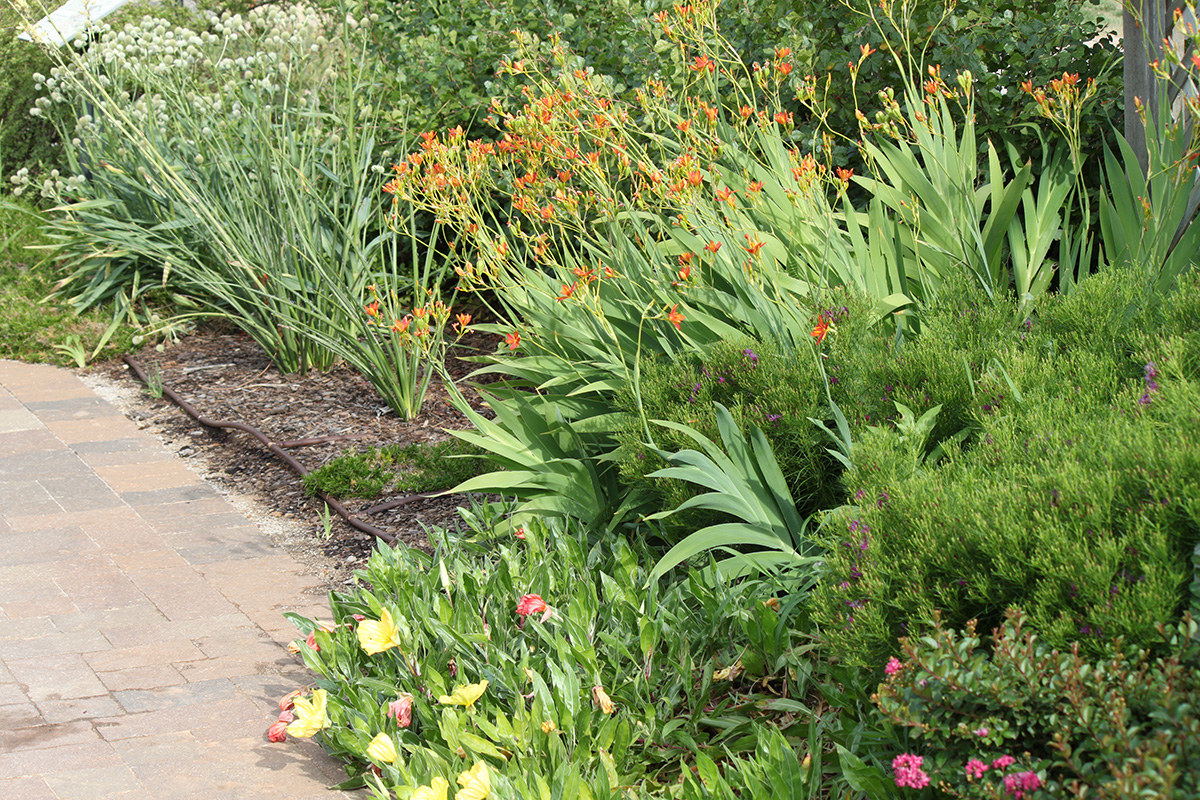 The following list contains a sampling of low water demanding plants that can be used
in xeriscape gardens in Oklahoma.
The following list contains a sampling of low water demanding plants that can be used
in xeriscape gardens in Oklahoma.
Trees:
Arizona Cypress (Cupressus arizonica)
Bald Cypress (Taxodium distichum)
Bur Oak (Quercus macrocarpa)
Caddo Sugar Maple (Acer saccharum Caddo)
Cedar Elm (Ulmus crassifolia)
Chinese Pistache (Pistacia chinensis)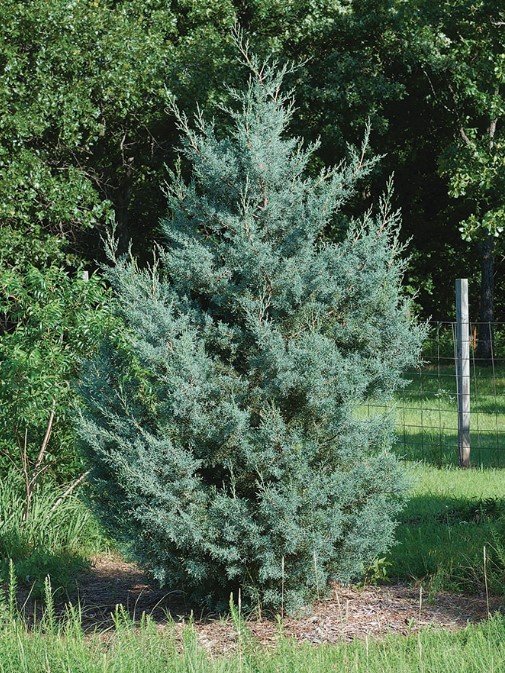
Chinkapin Oak (Quercus muehlenbergii)
Juniper (Juniperus species)
Ginkgo (Ginkgo biloba)
Lacebark Elm (Ulmus parvifolia)
Oklahoma Redbud (Cercis canadensis var. texensis ‘Oklahoma’)
Sawtooth Oak (Quercus acutissima)
Shantung Maple (Acer truncatum)
Shumard Oak (Quercus shumardii)
Western Soapberry (Sapindus drummondii)
Winterberry Euonymus (Euonymus bungeanus)
Shrubs:
Althea or Rose of Sharon (Hibiscus syriacus)
Crapemyrtle (Lagerstroemia indica)
Deciduous Holly (Ilex decidua)
Eastern Arborvitae (Thuja occidentalis)
Junipers (Juniperus species)
Mugo Pine (Pinus mugo var. mugo)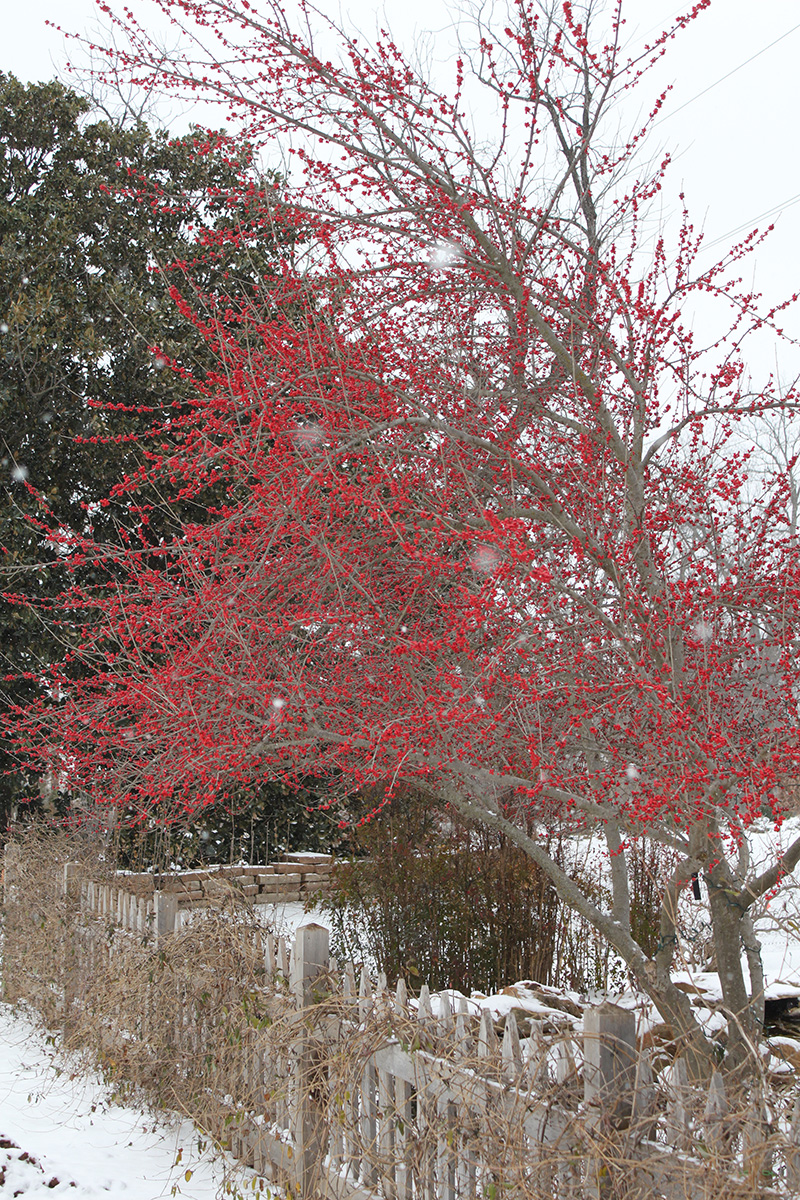
Nandina (Nandina domestica)
Shrub Roses (Rosa species)
Smoke Tree (Cotinus coggygria)
Sumac (Rhus species)
Winter Jasmine (Jasminum nudiflorum)
Yaupon Holly (Ilex vomitoria)
Groundcovers: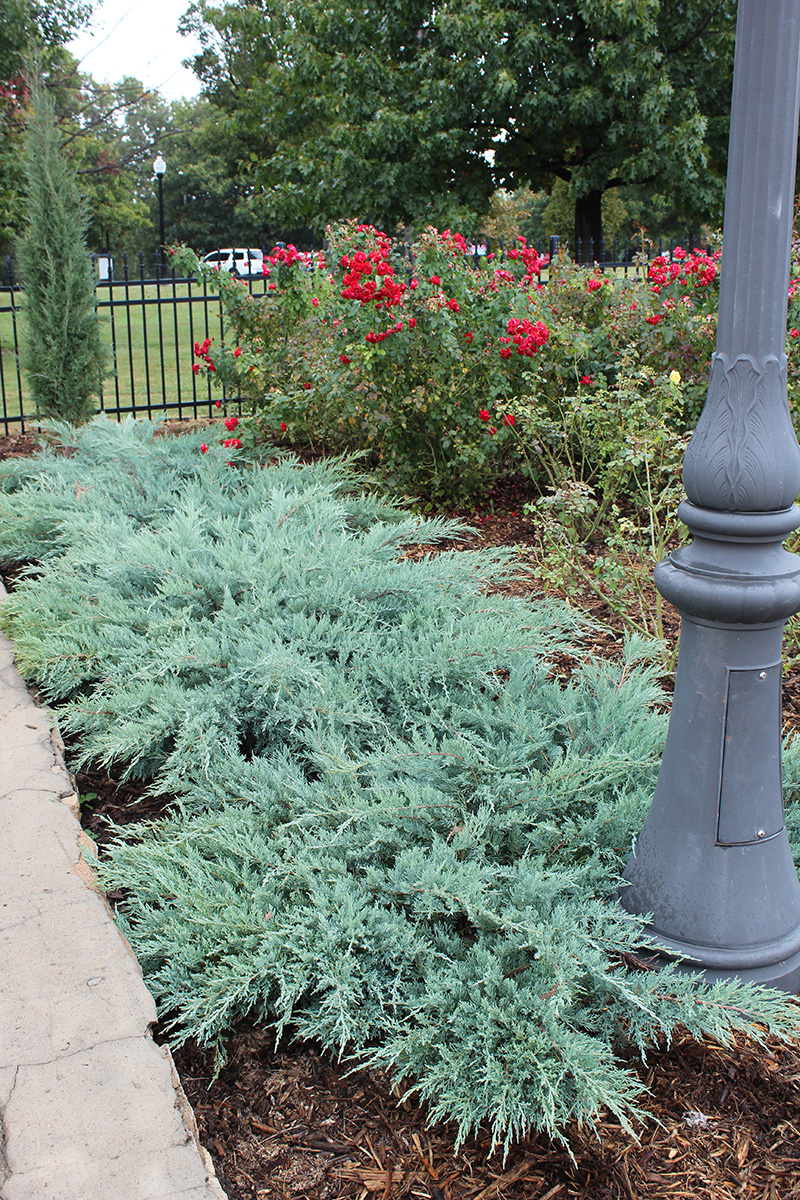
Creeping Phlox (Phlox stolonifera)
Junipers (Juniperus species)
Lilyturf or Monkey grass (Liriope species)
Santolina (Santolina species)
Climbers:
Boston Ivy (Parthenocissus tricuspidata)
Climbing Roses (Rosa species)
Crossvine (Bignonia capreolata)
Virginia Creeper (Parthenocissus quinquefolia)
Ornamental Grasses (Perennial):
Maiden Grass (Miscanthus sinensis 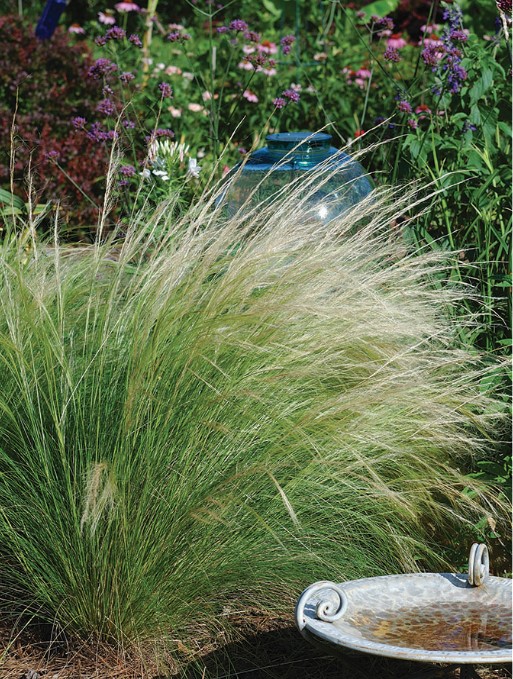 cultivars)
cultivars)
Ravenna Grass (Erianthus ravennae)
Switch Grass (Panicum virgatum)
Mexican Feather Grass (Stipa tenuissima)
Perennials:
Black-Eyed Susan (Rudbeckia fulgida)
Blanket Flower (Gaillardia x grandiflora)
Blue False Indigo (Baptisia australis)
Blue Mist Spirea (Caryopteris x clandonensis)
Coneflower (Echinacea species)
Daylily (Hemerocallis cultivars)
Hardy Plumbago (Ceratostigma plumbaginoides)
Russian Sage (Perovskia atriplicifolia)
Shasta Daisy (Chrysanthemum x superbum)
Verbena (Verbena canadensis)
Yarrow (Achillea species)
Annuals:
Cockscomb (Celosia species)
Firebush (Hamelia patens)
Lantana (Lantana camara)
Madagascar Periwinkle (Catharanthus roseus)
Marigold (Tagetes species)
Mexican Bush Sage (Salvia leucantha)
Mexican Sunflower (Tithonia rotundifolia)
Mexican Zinnia (Zinnia angustifolia)
Ornamental Peppers (Capsicum species)
Pentas (Pentas lanceolata)
Silver Falls Dichondra (Dichondra argentea ‘Silver Falls’)
Spider Flower (Cleome species)
Sponsors:
- Oklahoma Cooperative Extension Service
- Department of Horticulture & Landscape Architecture
- Oklahoma State University

